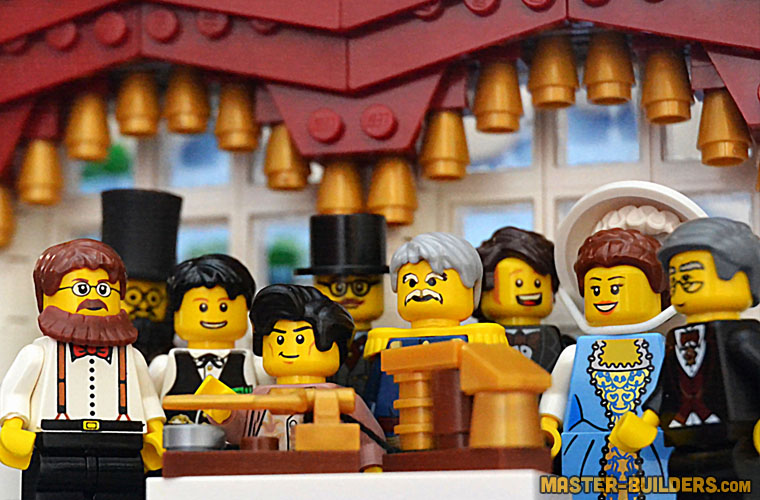
After Samuel spent a year working as a clerk at a publishing firm, his parents paid for him to study art in London. However, Samuel struggled to achieve a sufficient income from painting.
He had to travel across the entire eastern coast of America painting portraits just to make enough money for him and his young bride, Lucretia, to get by.
There were no airliners or cell phones when Morse was traveling the country painting portraits. When Samuel heard news that his wife was ill after giving birth to their third child, he returned home right away.
Mortified, he found that she had died and been buried before he could return home. If only the news had gotten to him sooner!
Look Beyond Your Current Skill Set
Like many people, Samuel was always interested in hearing about the latest technology. His life changed forever when he ran into Dr. Charles T. Jackson on a European steamship excursion. That day, Samuel Morse learned that an electronic pulse could travel for miles over a wire.
Morse set himself apart by taking action on what he heard. On his return voyage, Morse drew up ideas for how he would use electromagnets to send messages.
Morse did not even have enough money to buy insulated wire, so he wrapped bare wire with cotton thread. This together with scrap materials became his first working model of a system that would send text messages through a series of codes.
Team Up with Complimentary Talents
Without fellow college professor Leonard Gale who strongly encouraged Morse to pursue the idea or the mechanic Alfred Vail who provided money, expertise and the use of his family’s iron works, Morse may never have developed America’s first working telegraph system. Although others were working to build a similar system, Samuel Morse developed a code that allowed him to send messages on only a single wire.
On March 3, 1843, Congress authorized the construction of a 35 mile test line from Washington, DC to Baltimore, Maryland that would parallel railroad tracks. Twenty years later, nearly every city in the United States was connected.

– A fisherman snagged one of the first trans-atlantic telegraph cables and hacked it open. He thought he had discovered a special gold-centered seaweed! –
Samuel Morse never lost his talent for painting beautiful portraits, but we remember him for inventing an early form of texting…the telegraph and the code bearing his name, Morse Code.
Morse became great because he not only developed his passion, but he reached beyond it into an entirely different realm. He developed a convenient tool that met thousands of needs using the latest technology in his day. He didn’t paint himself into a box.
It can be easy to assume it’s all about aptitude. What opportunities might you be missing by limiting your career to a narrow skill set?
You can leave a comment by clicking here.

Please note: I reserve the right to delete comments that are offensive or off-topic.